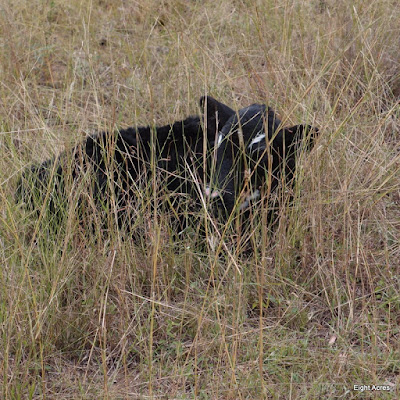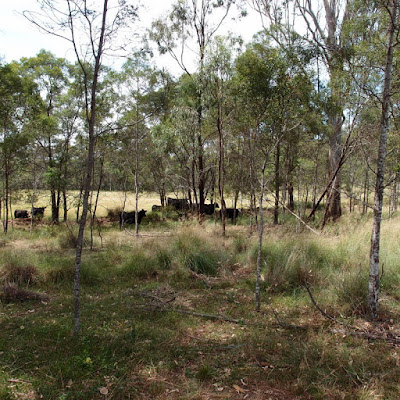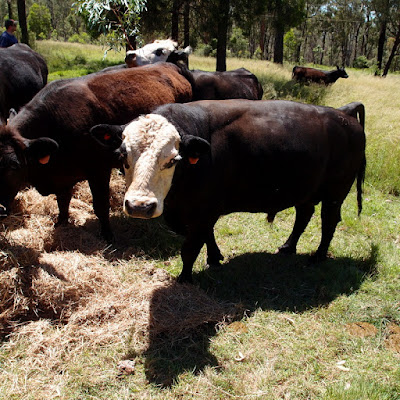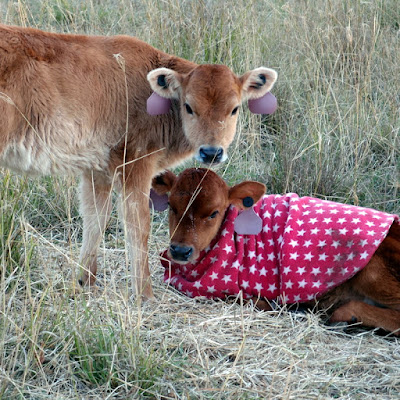Jembella Farm
Sally writes from 16 A in South Australia's Barossa Valley, where she has " 2 dogs, 7 cows, 2 alpacas, 5 geese, 35 chickens, 78 sheep and a few bee hives". Among the cows are three special house cows, Daisy, Bella and Lavender. Sally raises foster calves with her house cows and her blog contains plenty of advice about house cows and calves - here's one of my favourites.
 |
| Source: Jembella Farm |
Throwback at Trapper Creek
Matronofhusbandry writes from her 180 A farm and homestead in Oregon, USA. Sharing gems of wisdom about growing and eating real food, including an extensive vegetable garden, beef cattle, chickens and of course, her gorgeous cow. Jane. Although the climate there is very different, observations about grass growth, paddock divisions, milking schedules are all relevant and useful. I have learnt to much from this blog, and the photos are amazing. Here's all the cow posts, and a couple of my favourites:
Share Milking
Is my cow getting enough to eat?
 |
| Source: Throwback at Trapper Creek |
The Prairie Homestead
Based in Wyoming, Jill has shared her homesteading journey on her blog. She has goats, chickens, and a lovely family cow called Oakley. You will find plenty of basic information about house cows, most of it is summarised in this post - Owning a family cow: your questions answered
.
 |
| Source: The Prairie Homestead |
Homestead Honey
Teri homesteads in Missouri on 10 A. She blogs about topics such as gardening, building a tiny house, living off-grid and homeschooling. Most importantly, she also has a sweet cow called Creme Brulee, and many posts about family cow ownership.
 |
| Source: Homestead Honey |
The Elliot Homestead
Shaye lives on a few acres in North Central Washington, a giant flock of laying hens, meat chickens, hogs, sheep, turkeys, and a variety of produce in large, organic gardens. She has recently welcomed a new dairy cow, Cecelia, after tragically losing a previous cow. Lots of great info about cows as well as dairy products.
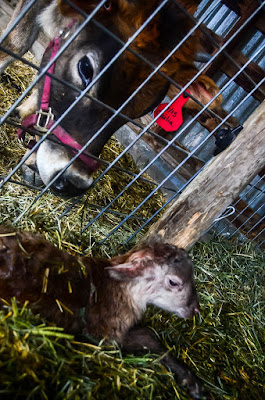 |
| Source: The Elliot Homestead |
One Ash Homestead
Lee Ann and Alexandrea write a blog about their farm and dairy supply business i South Carolina. Of course their blog is full of information about dairy cows and dairy products, their full story is in this post.
Which blogs featuring house cows do you love?




